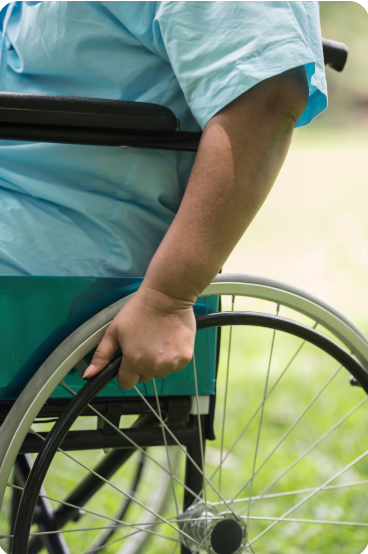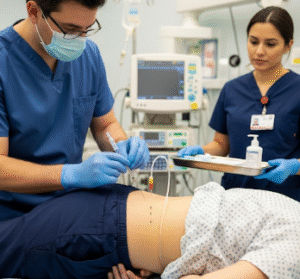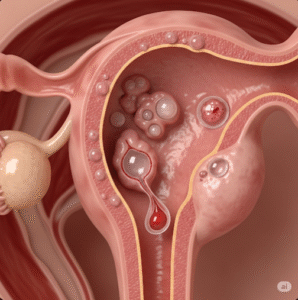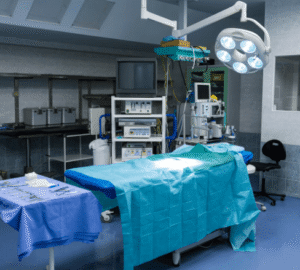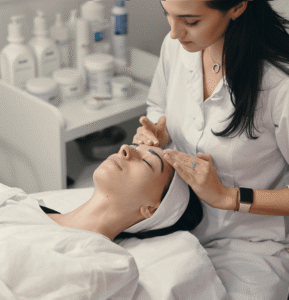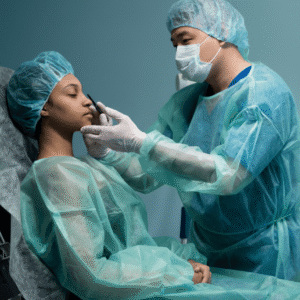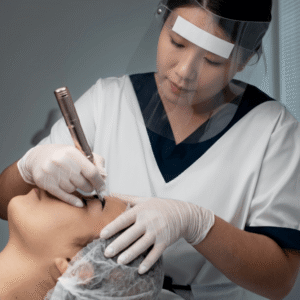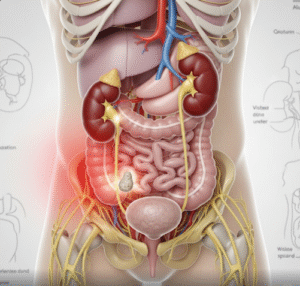Overview
Distal muscular dystrophy (DMD) is a rare group of inherited muscle disorders that primarily affect the muscles of the hands, forearms, feet, and lower legs. In Korea, neurologists and rehabilitation specialists provide diagnosis, genetic counseling, and treatment options to manage symptoms and maintain mobility.
What is Distal Muscular Dystrophy?
Distal muscular dystrophy is a genetic condition that causes progressive muscle weakness and wasting in distal (far from the center) muscles. Unlike other forms of muscular dystrophy, DMD mainly affects the hands, feet, and lower limbs and usually appears in adulthood, though severity varies.
Symptoms
- Weakness in hands, feet, forearms, and lower legs
- Muscle wasting and atrophy
- Difficulty gripping objects or walking
- Foot drop or high-stepping gait
- Hand tremors or fine motor skill impairment
- Muscle cramps or stiffness
Causes
- Genetic mutations affecting muscle proteins
- Autosomal dominant, autosomal recessive, or X-linked inheritance patterns
- Defective protein synthesis leading to progressive muscle degeneration
Risk Factors
- Family history of muscular dystrophy
- Male gender in some X-linked forms
- Genetic predisposition
- Age of onset typically in adulthood for distal types
Complications
- Progressive loss of hand and foot function
- Difficulty performing daily tasks
- Risk of falls due to weakness in lower limbs
- Joint contractures or deformities
- Emotional stress and reduced quality of life
Prevention
- Genetic counseling for families at risk
- Early diagnosis for monitoring and intervention
- Physical therapy to maintain muscle strength and flexibility
- Regular check-ups with neurology specialists
Treatment Options in Korea
Diagnosis
- Neurological examination for muscle strength and reflexes
- Electromyography (EMG) to detect electrical activity in muscles
- Muscle biopsy to identify dystrophic changes
- Genetic testing to confirm mutations
Medical Treatments
- Medications like corticosteroids to slow muscle degeneration in some types
- Pain management for muscle cramps and stiffness
- Supplements such as vitamin D or calcium for bone health
Therapies and Support
- Physical therapy to maintain muscle strength and flexibility
- Occupational therapy for daily activities
- Assistive devices like braces, walkers, or orthotics
- Psychological counseling for coping with chronic disability
- Rehabilitation programs to enhance mobility and independence

